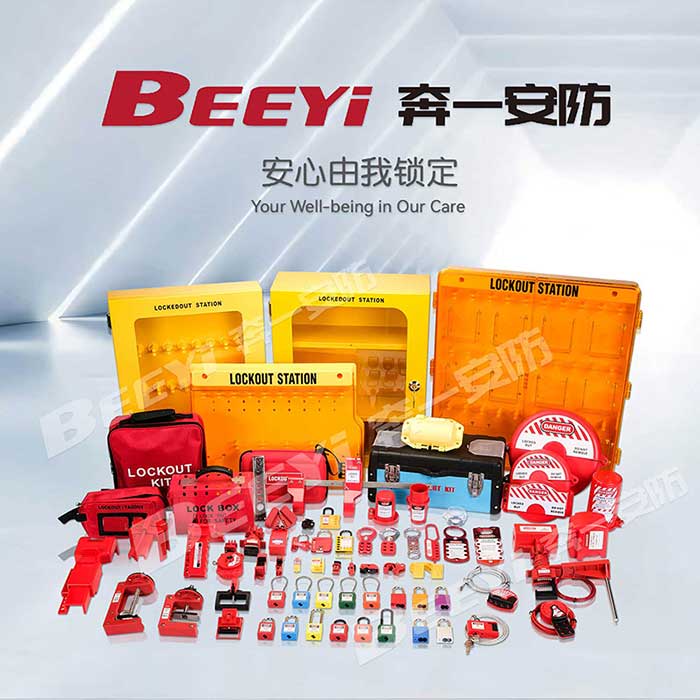Lockout hasps are crucial safety tools in industrial environments where machinery and electrical systems require maintenance or servicing. These devices are designed to prevent the accidental release of energy during such operations, safeguarding the workers and ensuring compliance with safety regulations. In this article, we will explore the application, importance, and various types of lockout hasps used in different industries, as well as their role in enhancing workplace safety.

What is a Lockout Hasp? A lockout hasp is a safety device used to lock out a specific energy source, such as electricity, hydraulic pressure, or steam, while maintenance work is being conducted. The main function of a lockout hasp is to ensure that no unauthorized person can operate the machinery during repair or servicing. The device typically consists of a metal plate or hook with multiple holes, allowing workers to attach their own locks to each hole. This creates a system in which only those with the appropriate keys can unlock the energy source, ensuring that the equipment remains securely disabled.